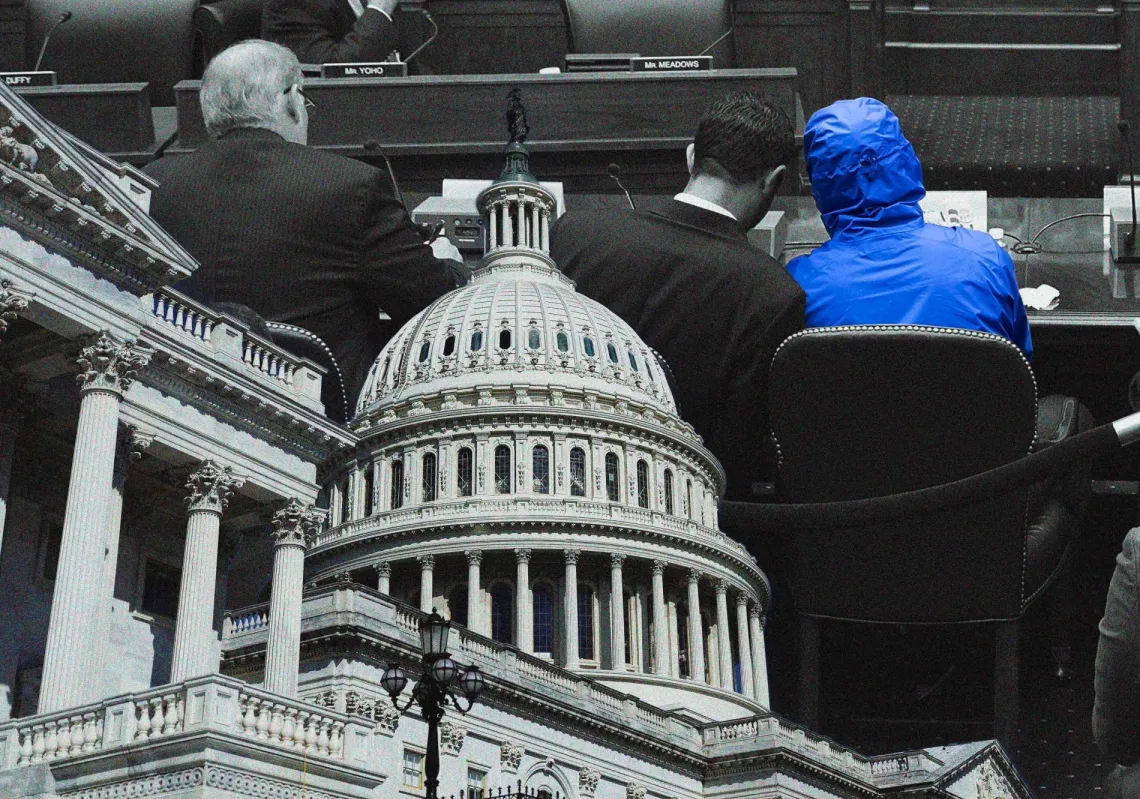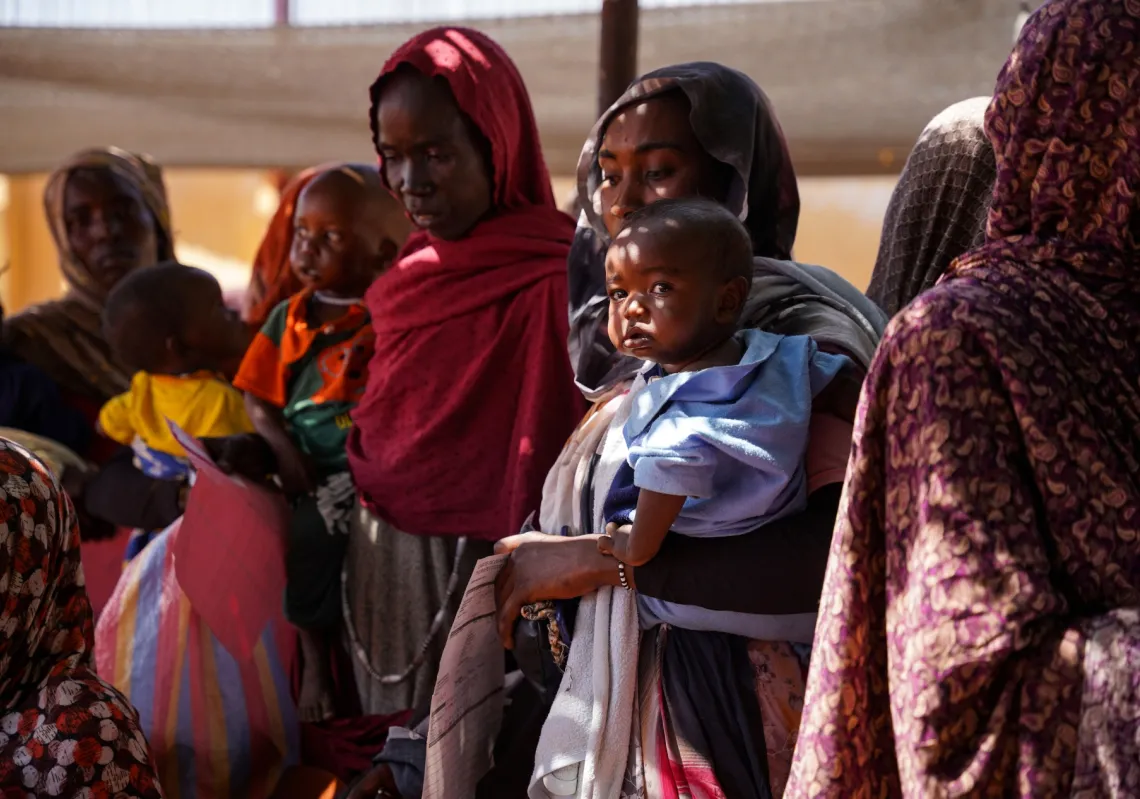 [/caption]
[/caption]
Many ask whether the radical changes of the Arab Spring will hit Gulf States. The question has two dimensions: the first asks about desire for change in the Gulf, with all its implications. The second dimension is more analytical: it asks whether the ongoing changes in some Arab countries can spread to neighboring regions, and under what specific circumstances.
It would be unnecessary to discuss the first dimension because it concerns emotions and impressions; however, the second dimension raises an interesting point. Arabs have been influenced by each other throughout history, including the incidents they experienced during the second half of the past century. The extent of this influence, however, was not uniform. Sometimes it was great, and at other times mild.
An example of this is the ‘military revolutions.’ Egypt had the biggest role in July 1952; afterwards, military coups moved to Syria, Iraq, Yemen and Libya. None of the monarchical Gulf States were affected by the same kind of events that have affected Yemen, Iraq or Sudan, though the emotional influence was significant. To some extent, ‘revolutionary’ thoughts prevailed in Gulf States. There have been some attempts to ride the momentum of revolutions in neighboring states, including the Oufkir coup attempt in Morocco and nascent attempts in countries like Jordan.
It would be interesting to show here that there is a possibility of being influenced, but that change is also unlikely to be identical in all affected states. The effect cannot be cloned from one Arab country to another. Incidents cannot be copied, though they might be shaped by similar political, social, and economic developments.
[inset_left]Gulf elites have been meeting annually for the last 33 years to discuss the issues that they believed were priorities in their communities[/inset_left]
Gulf elites have been meeting annually for the last 33 years to discuss the issues that they believed were priorities in their communities: the communities of the six Gulf States or the Gulf Cooperation Council States. The last GCC meeting was held during the first days of March 2012 in Doha, and it sought to address the influence of Arab Spring on Gulf States. While there were many calls for reform, the most prominent effect of the Arab Spring—regime toppling—was not really discussed. Even with regard to Bahrain, the suggestions were for reform, not regime change.
All participants called for reform instead of complete and comprehensive change. There have been major differences between the radically-changed Arab regimes and the Gulf States. In the Gulf, authority is not completely isolated from society; equally, means of oppression and terror are not routinely adopted, and the states tend to favor persuasion. Incidents in Saudi Arabia are one example: the authorities were coping with armed citizens even before the Arab Spring.
In response to the challenge, the Kingdom did not only use reasonable force. It also employs persuasion through what has been known as ‘reform and advice,’ which was a new and creative program used to ease congestion and urge some to abandon extravagancy.
In Bahrain following the Arab Spring, demands have unfortunately turned sectarian. Through attempts to apply what happened in Arab Spring countries, authority in Bahrain undertook numerous reforms; in addition to this, calls for an international and neutral legal committee to look into incidents were met, and the Bassiouni Commission was established. The opposition and the regime both accepted the recommendations of the Bassiouni report. This shows great flexibility in dealing with an opposition who have rights, but who are still partially driven by external political desires.
In Oman, the response of the regime was quick and decisive, so risks of chaos were reduced.
In Kuwait, due to the presence of a constitution which enjoys vast political consensus, the activation of the constitutional mechanisms was sufficient to reduce the risks of the Arab Spring—even the emotional ones.
In addition to these political responses, there is the social dimension. Perhaps nobody can identify or understand this social and emotional aspect of the Arab Spring unless they have experienced it. In most Gulf States, the historical and social communication structures, for example, are still existent and applied. For example, Saudi Defense Minister Prince Salman bin Abdul-Aziz, has for many years been spending part of his afternoon visiting patients in Riyadh hospitals. This has continued since he became the Governor of Riyadh in the 1960s.
Visiting patients is familiar in Gulf States. The Prince of Kuwait spends every night in Ramadan visiting Kuwaiti offices, as many officials in Gulf authorities deal with people face-to-face in open-access schemes. The authorities also tolerate a justified and reasonable level of criticism of the behavior of the authority or its figures; if a citizen stays within these limits he can live without fear. This structure makes a ruler in the Gulf close to his people.
Briefly, the flexible and efficient political response of the Gulf States was enough to cut the risks and preserve the elite’s demands for reform. These demands for reform continue, but are distinct and far-removed from others’ demands for radical change.
When we speak of radical change in the Gulf, we talk about the minority’s desire for reform, not the massive majority. In the Arab republics, a number of factors—including the deification of the ruler, hereditary rule, widespread corruption, the deteriorating economic situation and the obvious lack of justice—all led to the uprising of the majority against those regimes.
Another major factor behind the lesser risk of the Arab Spring spreading to the Gulf States is the economic situation. The Gulf States responded to what they believed was an economic challenge from Arab Spring by addressing the financial situation of all groups of people. Salaries were raised—some were doubled—neglected or delayed development projects were revived, food aid was even given to citizens. These measures relieved the economic pressure on large portions of the population in those states, and thereby prevented it from becoming a potential source of outcry.
The political and economic situation in Egypt is showing real distress; the situation is not much better in Yemen or Libya. In the latter, people are preparing to divide the country. The most important slogan of the Arab Spring, freedom, has a vast and grave significance, but it seems that following the Arab Spring it is being achieved though very restrictive measures in Tunisia, Egypt and Libya. Even their slogans are far removed from the thoughts of renaissance reformers like Sheikh Mohamed Abdu, who believed in the freedom of religion, thought and work. If we recall the demands of the last century, we find that the demands made in Arab Spring are less than the demands of the generation who rebelled at the beginning of the twentieth century. All of this ignites Gulf elites to activate thoughts and visions instead of swimming through the unknown.








